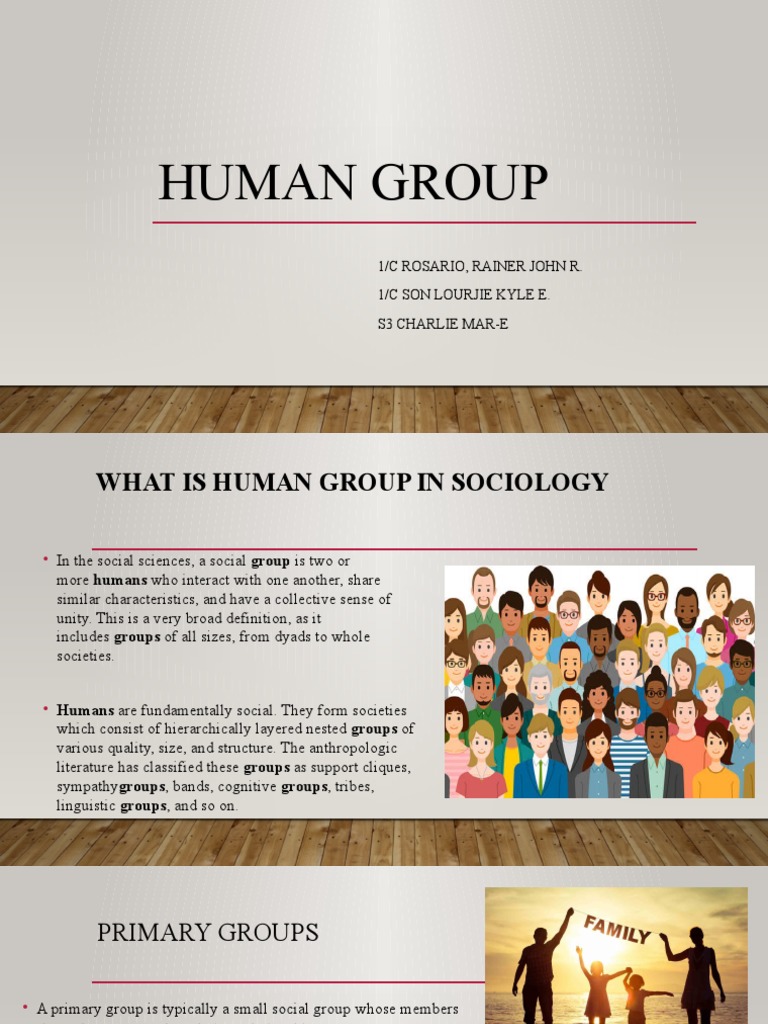A primary group is a small, informal social group characterized by close, personal relationships and a high level of interaction. These groups are important in sociology because they provide individuals with a sense of belonging, identity, and social support.
Primary groups are typically small in size, with no more than a few dozen members. They are often composed of people who are related by blood, marriage, or close friendship. Examples of primary groups include families, neighborhoods, and close-knit groups of friends.
One of the key characteristics of primary groups is the high level of interaction and intimacy among members. In these groups, individuals typically share their thoughts, feelings, and experiences with one another on a regular basis. This close interaction helps to create strong bonds and a sense of belonging among group members.
Primary groups also play an important role in socialization, the process by which individuals learn the norms and values of their culture. Through interactions with primary group members, individuals learn how to behave in social situations and develop their sense of self.
Primary groups also provide individuals with a sense of social support. When individuals are facing challenges or difficulties, they can turn to the members of their primary group for emotional support and practical assistance. This can be especially important during times of crisis or major life transitions.
While primary groups are important for providing individuals with a sense of belonging and support, they can also have negative effects. For example, primary groups can sometimes be exclusive, and individuals may feel pressure to conform to group norms and values. Additionally, the close relationships within primary groups can sometimes lead to conflicts and misunderstandings.
Overall, primary groups are a vital aspect of social life, providing individuals with a sense of identity, belonging, and support. Understanding the role and importance of primary groups is crucial for understanding human behavior and social interactions.








